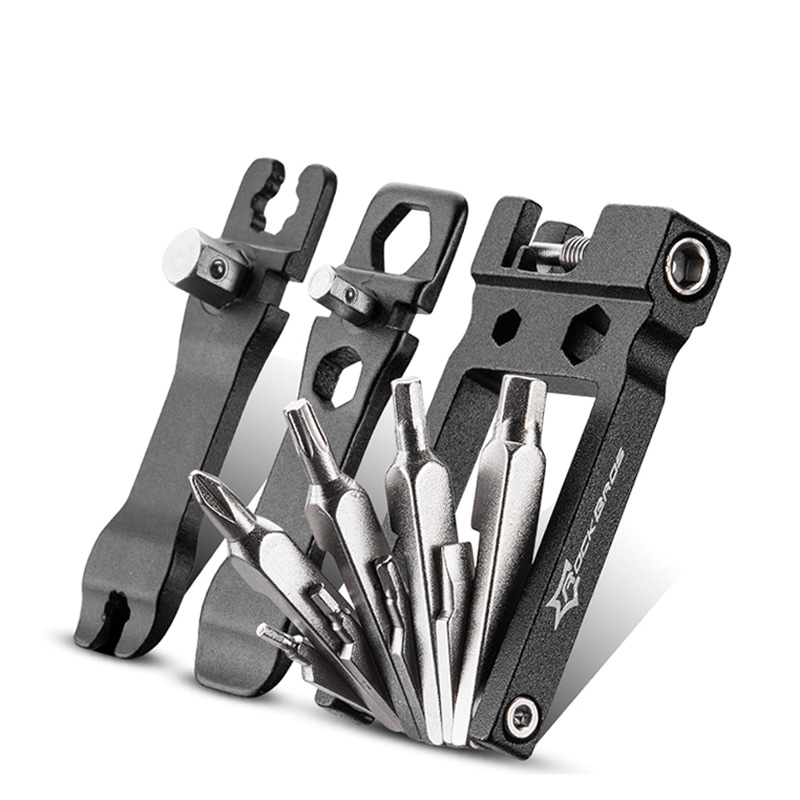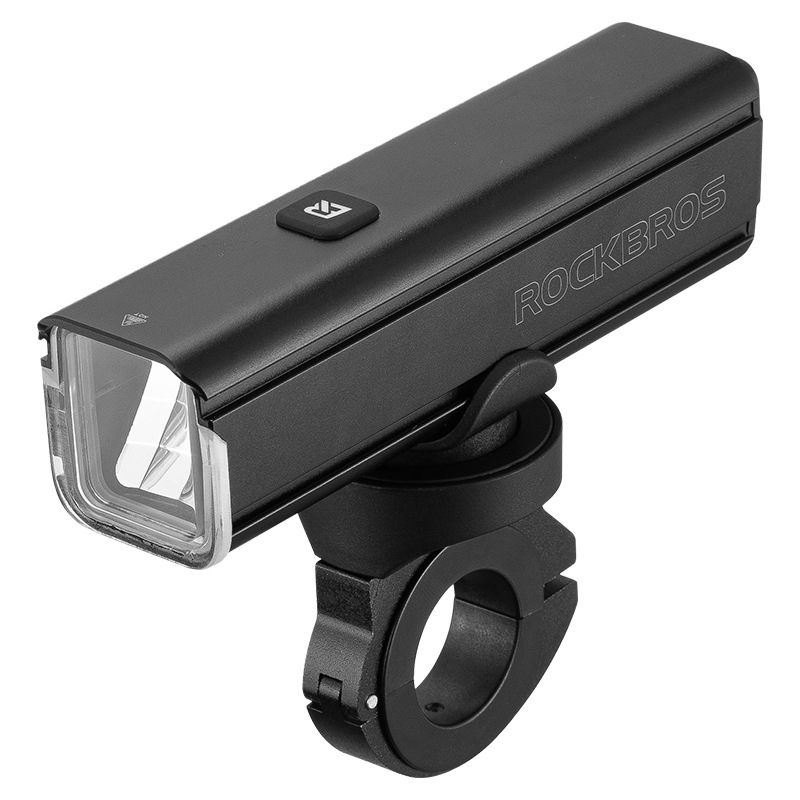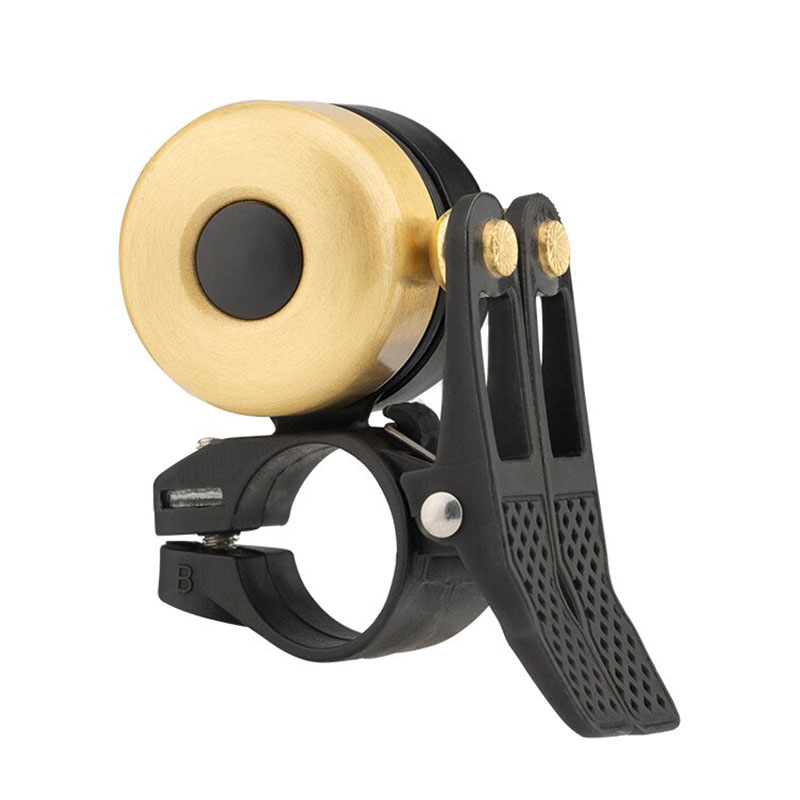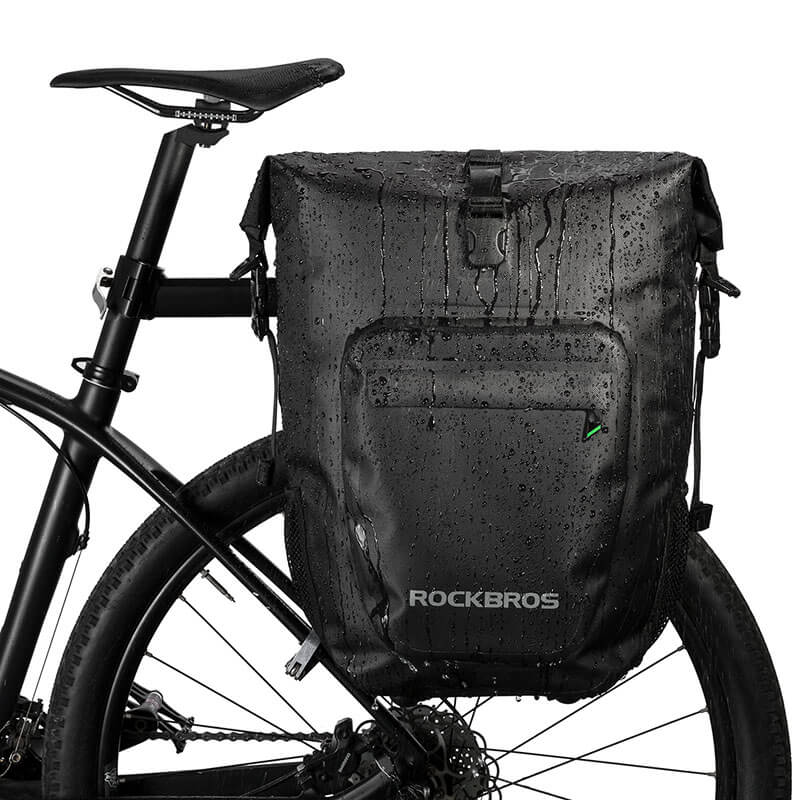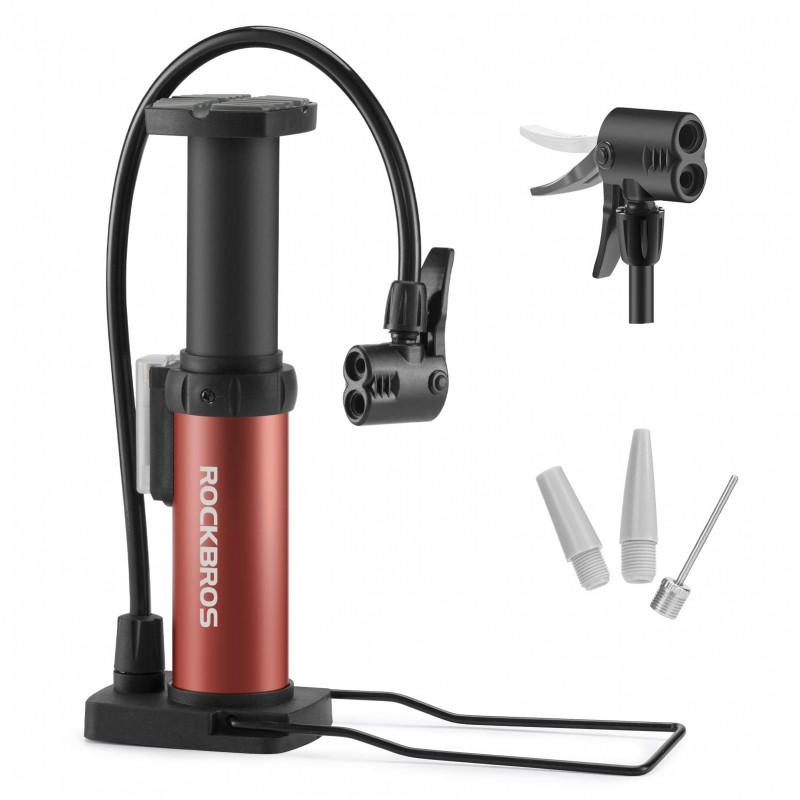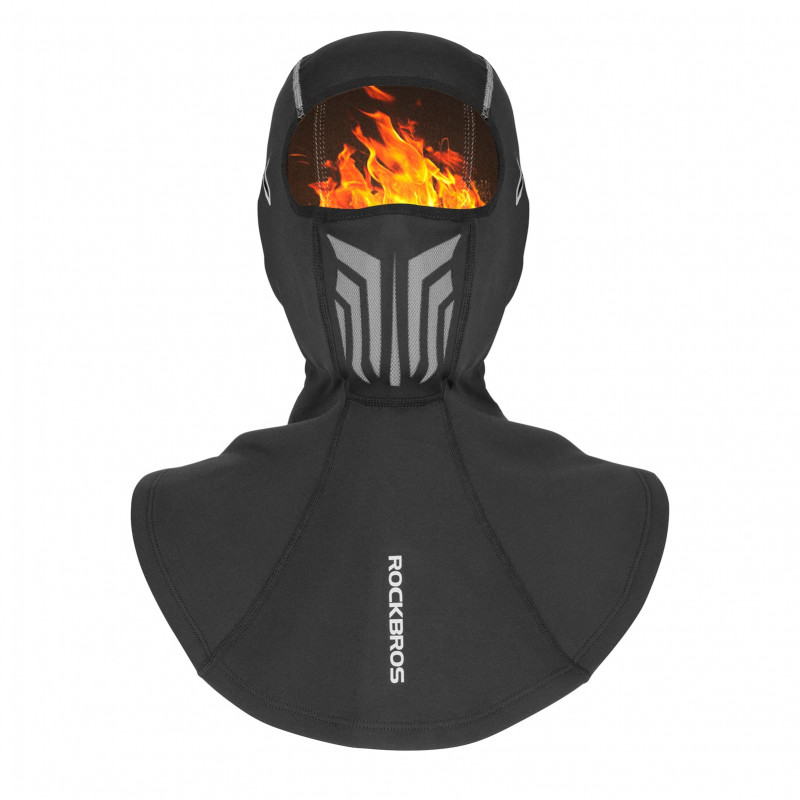How to Prevent Muscle Fatigue While Cycling
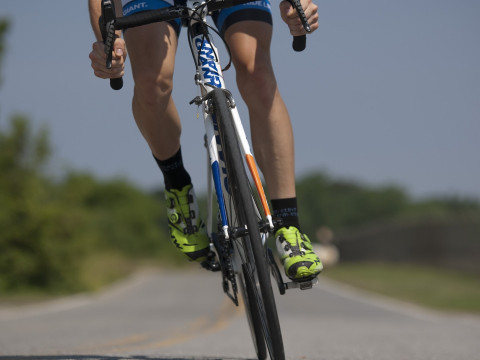
Muscle fatigue is a common challenge faced by cyclists of all levels. Whether you're a beginner or a seasoned pro, understanding how to prevent muscle fatigue is crucial for enjoying your rides and improving your performance. In this article, we will explore various strategies and tips to help you combat muscle fatigue while cycling. So, hop on your saddle, and let's get started!
Introduction
Cycling is an exhilarating sport that engages various muscle groups in your body. However, prolonged cycling sessions or intense rides can lead to muscle fatigue, which can hinder your performance and increase the risk of injuries. By implementing the following strategies, you can minimize muscle fatigue and maximize your cycling experience.
Proper bike fit and position
To prevent muscle fatigue, it's essential to ensure that your bike is properly fitted to your body. A correct bike fit optimizes your riding position, minimizing strain on your muscles and joints. Consider the following aspects when adjusting your bike fit:
- Importance of a correct bike fit: A proper bike fit ensures optimal power transfer and reduces the likelihood of overuse injuries.
- Adjusting saddle height and position: Set your saddle height so that your leg is almost fully extended at the bottom of the pedal stroke. Additionally, position the saddle fore and aft to find the sweet spot for your riding style.
- Optimal handlebar position: Experiment with handlebar height and reach to find a position that allows for a comfortable and efficient riding posture.
Gradual training and conditioning
Building your cycling endurance and strength gradually is crucial to prevent muscle fatigue. Rapidly increasing your training volume or intensity can lead to overexertion and muscle exhaustion. Consider the following tips for progressive training:
- Importance of progressive training: Gradually increase your cycling distance and intensity to allow your muscles to adapt and grow stronger.
- Building endurance and strength: Incorporate longer rides and hill climbs into your training regimen to improve your cardiovascular fitness and muscle endurance.
- Incorporating rest days: Rest days are as important as training days. They allow your muscles to recover and rebuild, reducing the risk of fatigue and overuse injuries.
Proper nutrition and hydration
Fueling your body with the right nutrients and staying hydrated are vital to prevent muscle fatigue during cycling. Consider the following nutrition and hydration tips:
- Fueling your body for cycling: Consume a balanced diet that includes carbohydrates, proteins, and healthy fats. Prioritize complex carbohydrates like whole grains, fruits, and vegetables for sustained energy during your rides. Include lean proteins like chicken, fish, or tofu to support muscle repair and growth.
- Importance of pre-ride meals: Eat a well-balanced meal rich in carbohydrates and proteins a few hours before your ride. This will provide you with the necessary energy and nutrients to sustain your efforts.
- Hydration tips during cycling: Drink water regularly throughout your ride to stay hydrated. Consider using electrolyte-replenishing drinks or sports gels to maintain proper hydration and replenish essential minerals lost through sweat.
Effective warm-up and cool-down routines
Proper warm-up and cool-down routines can significantly reduce the risk of muscle fatigue and injury. Follow these tips to prepare your muscles before and after cycling:
- Dynamic stretching before cycling: Perform dynamic stretching exercises that target your major muscle groups. This will increase blood flow, improve flexibility, and prepare your muscles for the demands of cycling.
- Cooling down and stretching after the ride: After your ride, cool down by cycling at a relaxed pace for a few minutes. Then, engage in static stretching exercises to release tension and promote muscle recovery. Focus on stretching your quadriceps, hamstrings, calves, and hip flexors.
Proper gear and equipment
Investing in the right gear and equipment can enhance your cycling experience and reduce muscle fatigue. Consider the following aspects:
- Choosing the right bike: Select a bike that suits your riding style and body type. A well-fitted and comfortable bike can minimize unnecessary strain on your muscles.
- Wearing appropriate cycling apparel: Opt for moisture-wicking and breathable clothing that allows for proper ventilation. This will help regulate your body temperature and prevent excessive sweating, which can lead to dehydration and muscle fatigue.
- Using padded shorts and gloves: Padded shorts provide cushioning and reduce friction, preventing chafing and discomfort during long rides. Gloves with gel padding can absorb shock and vibrations, reducing strain on your hands and wrists.
Monitoring and managing intensity
Understanding and managing the intensity of your rides is essential to prevent muscle fatigue. Consider the following tips:
- Understanding heart rate zones: Familiarize yourself with different heart rate zones, such as aerobic and anaerobic zones. This knowledge will help you gauge the intensity of your rides and prevent overexertion.
- Using a heart rate monitor: Invest in a heart rate monitor to track and monitor your heart rate during cycling. This will help you maintain a consistent intensity and avoid pushing beyond your limits.
- Balancing high-intensity and recovery rides: Alternate between high-intensity rides and recovery rides. This approach allows your muscles to adapt and recover, reducing the risk of fatigue and overtraining.
Incorporating cross-training and recovery exercises
Cross-training and recovery exercises can complement your cycling routine and prevent muscle fatigue. Consider the following:
- Benefits of cross-training: Engage in activities like swimming, yoga, or strength training to strengthen different muscle groups and prevent muscle imbalances.
- Strength and flexibility exercises: Incorporate exercises that target your core, legs, and upper body to improve overall strength and stability. Additionally, focus on flexibility exercises to enhance your range of motion and prevent muscle tightness.
- Foam rolling and self-massage techniques: Use a foam roller or massage tools to release muscle tension and promote faster recovery. This can alleviate muscle fatigue and soreness.
Listening to your body
Listening to your body's signals is crucial in preventing muscle fatigue and avoiding injuries. Pay attention to the following aspects:
- Recognizing signs of fatigue: Be aware of the signs of muscle fatigue, such as decreased power output, muscle soreness, or difficulty maintaining proper form. If you notice these signs, it's important to listen to your body and take a break.
- Taking rest when needed: Rest is essential for muscle recovery and preventing fatigue. If you feel excessively tired or notice persistent muscle soreness, take a day or two off from cycling to allow your body to recuperate.
- Consulting a professional for persistent issues: If you experience persistent muscle fatigue or pain, it's advisable to consult a professional, such as a physiotherapist or sports medicine specialist. They can provide expert guidance, assess any underlying issues, and recommend appropriate treatment or exercises.
Conclusion
Preventing muscle fatigue while cycling is a multifaceted approach that involves proper bike fit, gradual training, nutrition, hydration, warm-up and cool-down routines, suitable gear, intensity management, cross-training, and listening to your body. By implementing these strategies, you can optimize your cycling experience, improve your performance, and minimize the risk of muscle fatigue and injuries.
Remember, cycling should be enjoyable and rewarding. Take the necessary steps to prevent muscle fatigue, listen to your body, and prioritize your well-being on every ride. So, get on your bike, apply these tips, and pedal your way to a fatigue-free cycling adventure!
FAQs (Frequently Asked Questions)
Q1. Can I prevent muscle fatigue by simply pushing through it?
Pushing through severe muscle fatigue can be counterproductive and may lead to injuries. It's important to differentiate between regular muscle fatigue and excessive fatigue that indicates overtraining. Listen to your body and take rest when needed to avoid further complications.
Q2. Should I consume any specific foods before cycling to prevent muscle fatigue?
Eating a balanced meal that includes carbohydrates and proteins a few hours before your ride can provide the necessary energy. Consider foods like oatmeal, bananas, yogurt, or peanut butter on whole-grain bread for sustained energy during your cycling session.
Q3. How often should I incorporate recovery rides into my training routine?
Recovery rides should be included in your training routine regularly. Aim for at least one or two recovery rides per week, depending on the intensity and duration of your other training sessions. These rides help your muscles recover and reduce the risk of fatigue.
Q4. Is it necessary to stretch before and after cycling?
Yes, incorporating stretching into your warm-up and cool-down routines is beneficial. Dynamic stretching before cycling helps warm up your muscles and improve flexibility. Static stretching after the ride aids in cooling down, promoting muscle recovery, and reducing muscle tightness.
Q5. Can muscle fatigue be a sign of an underlying medical condition?
In some cases, persistent or extreme muscle fatigue may be a sign of an underlying medical condition. If you're concerned about your symptoms or if fatigue persists despite rest and proper care, it's advisable to consult a healthcare professional for a thorough evaluation.


